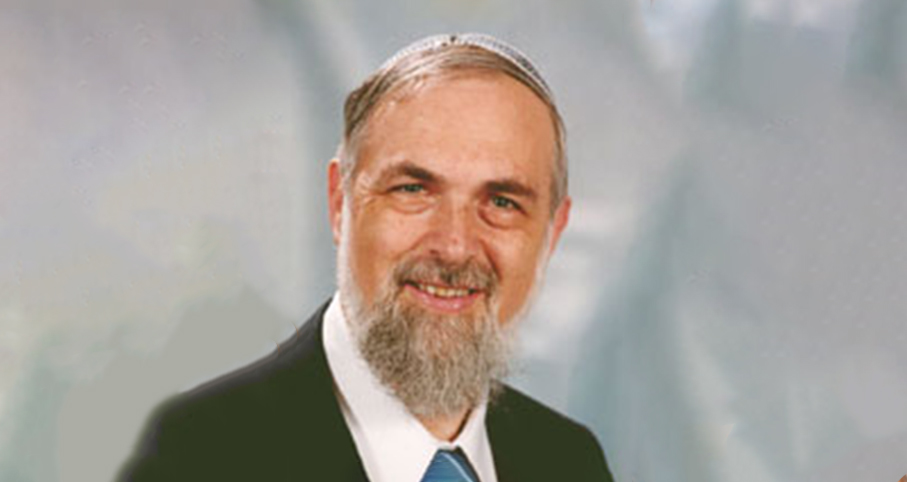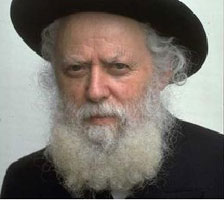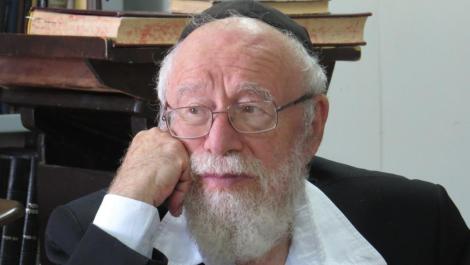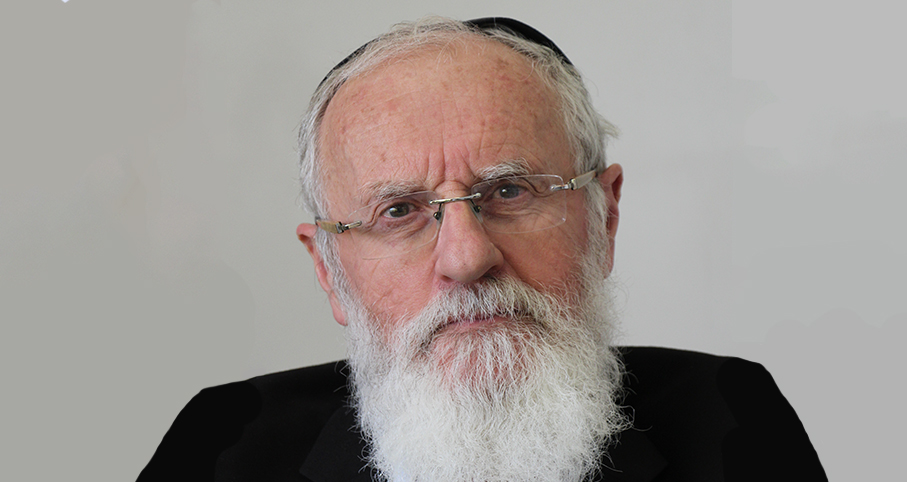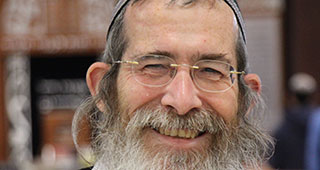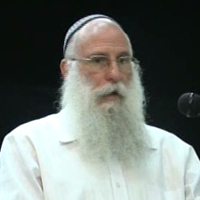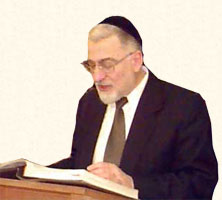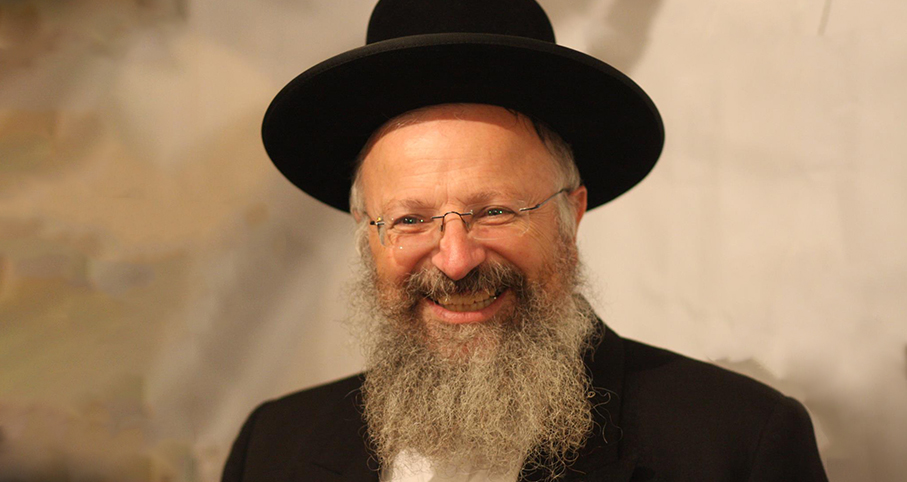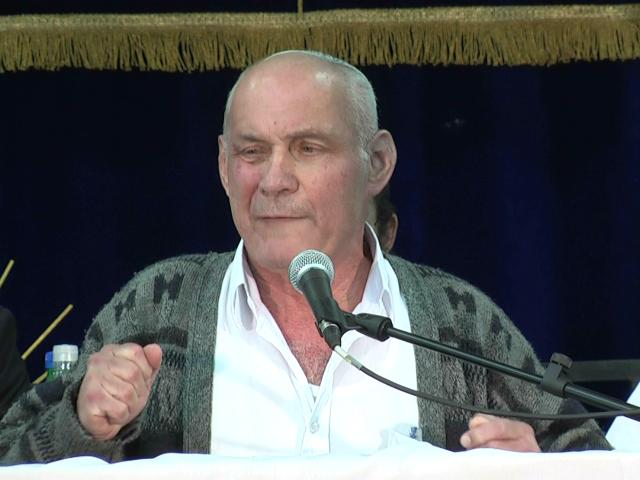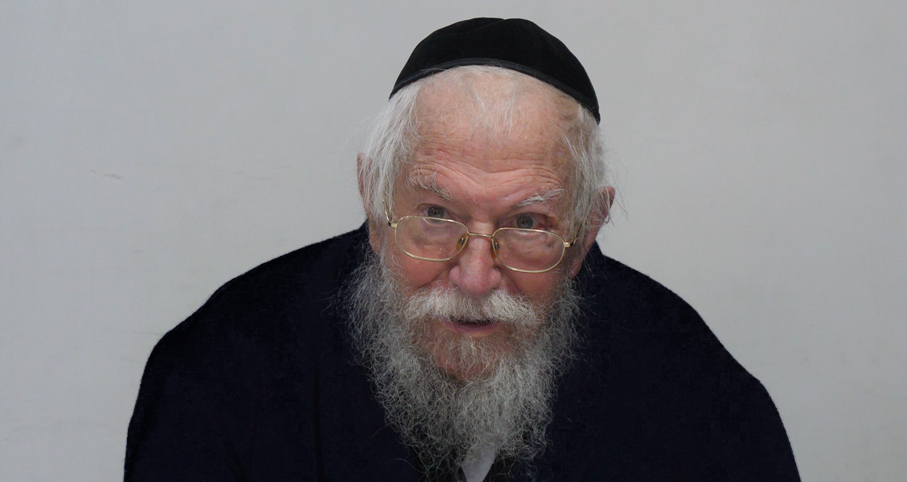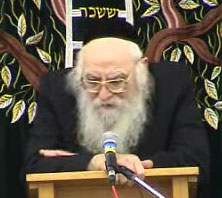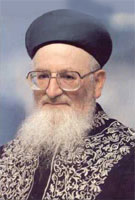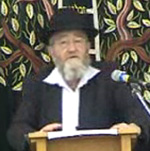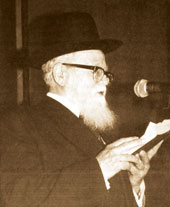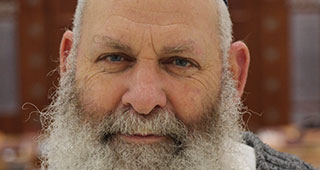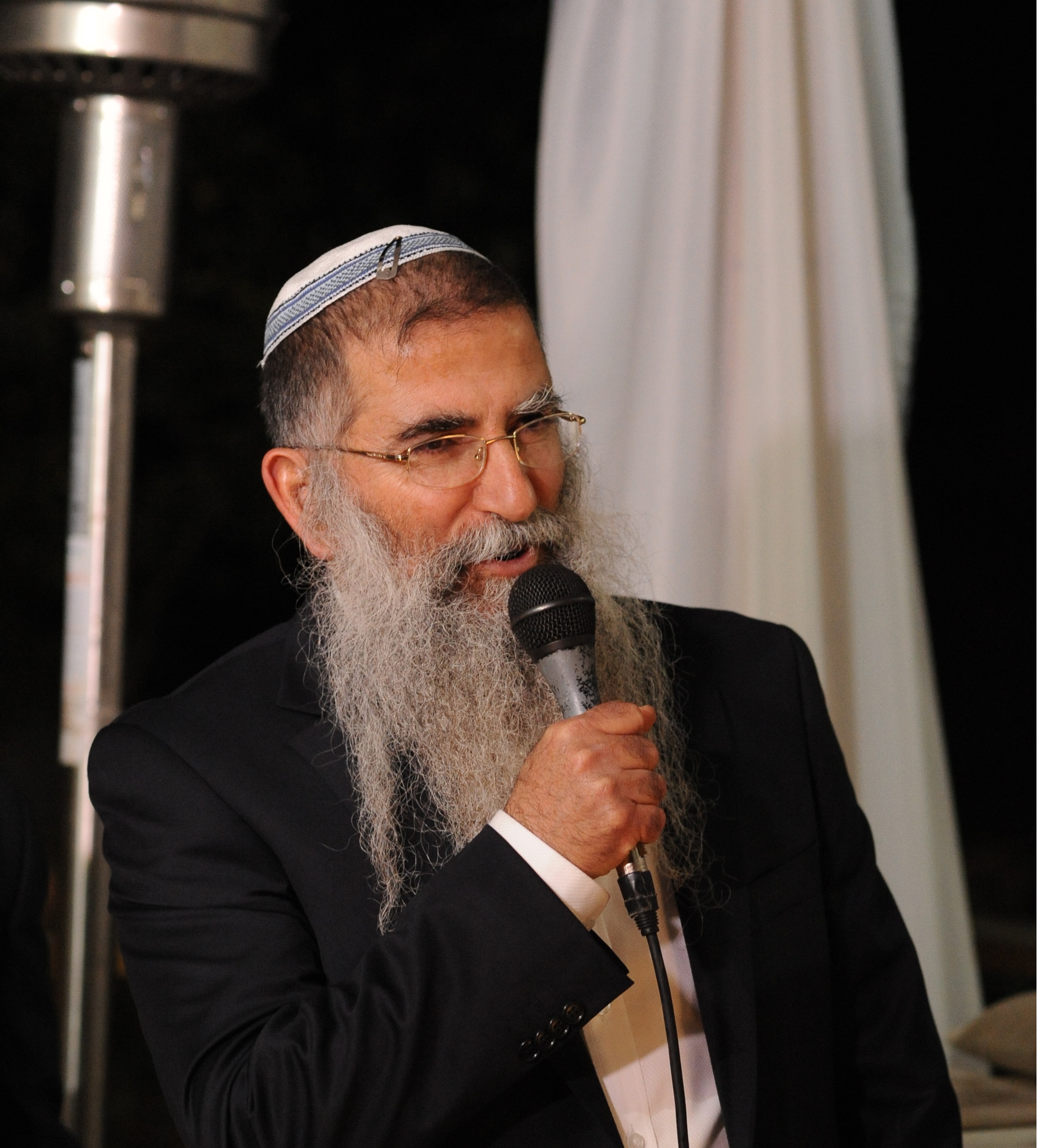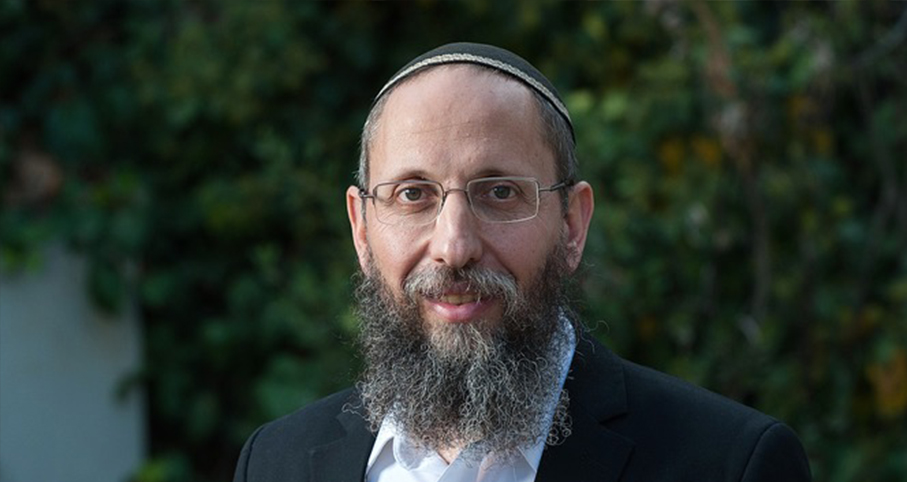Beit Midrash
- Torah Portion and Tanach
- Bereshit
- Vayeshev
The Torah study is dedicatedin the memory of
Amram son of Sultana
Rav Kook found a connection between Yosef and the Greek persecution. The midrash describes the Greek, anti-religious persecution as follows. "‘And darkness’ (Bereishit 1:2)- this is the exile of the Greeks, which darkened the eyes of Yisrael through their decrees. For they [the Greeks] would say to them: ‘Write on the horn of a bull that you have no part in the G-d of Israel’ " (Bereishit Rabba 2). The horn of a bull refers to the approach of Yosef (which the Greek’s misunderstood). This is because we find Yosef described in Moshe’s blessing to the tribe as a bull and as possessing horns (Devarim 33:17).
Continuing this approach, we can find another connection between Yosef and the beginning of Bnei Yisrael’s historical problems. The story of Yosef is connected to the most colossal of all of our sins, chet haegel (the Sin of the Golden Calf). First, of course, there is the family connection between the bull and the calf. But the legacy of Yosef is further connected to the chet ha’egel. The midrash tells of the events that directly preceded the exodus from Egypt. Moshe knew that Bnei Yisrael were bound by oath not to leave Egypt without the remains of Yosef. The Egyptians tried to prevent Yosef’s posthumous departure by weighing down his coffin and submerging it in the Nile. In order to extricate the coffin, Moshe went to the banks of the Nile and, after "discussing the matter" with Yosef was able to have the coffin miraculously surface (Tanchuma, Beshalach 2). This midrash is supplemented by another one. Aharon, who was forced to take part in the formation of the Golden Calf, did not form it as an artisan would. Rather, the gold that was collected was thrown into a furnace with the tablet that Moshe had thrown into the Nile to make Yosef’s coffin surface, containing the words, "Aleh shor (rise up, bull)." As a result, the calf was miraculously formed (Tanchuma, KI Tisa 19).
So if we take a look at the broader picture, we see that the sale of Yosef down to Egypt had several costly consequences. In addition to bringing about Bnei Yisrael’s descent to Egypt, the steps to extricate Yosef also had a role in causing the great, historical sin of the Golden Calf. This sin, the Torah promises, will figure in every calamity that will befall Bnei Yisrael (see Shemot 32:34 and Rashi, Yirmiyah 2:22). Apparently, the difficulties surrounding the Chanuka story are no exceptions, as the reference to the horn of the bull hints.
Note that the greatest sin between man and G-d (chet ha’egel) has its roots in the greatest betrayal of man by man (the sale of Yosef). The navi Amos (in the haftara of Vayeishev) referred to the sale of the righteous as a slave as the prototype of the sins of a socially corrupt society. These ideas should be on the minds of the leaders, both political and religious, of our present-day society.
Family Complications
Rabbi Berel Wein zt"l | Kislev 21 5782
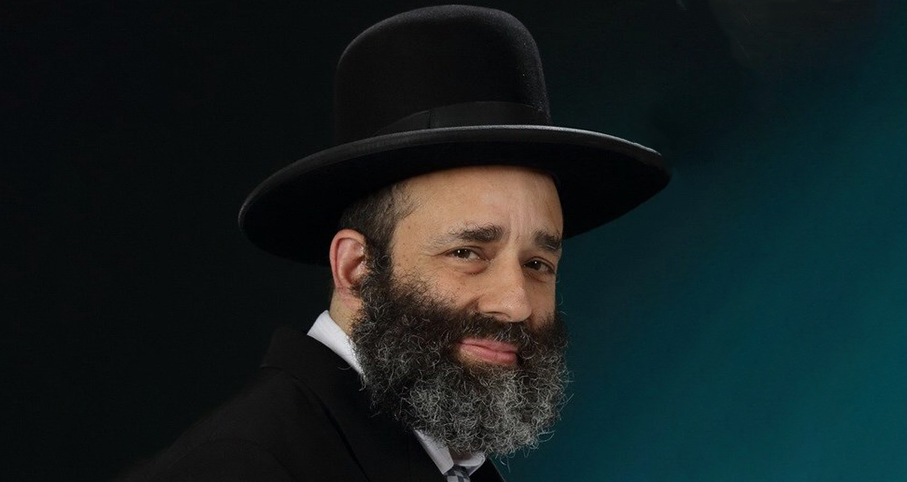
Did the Brothers have a Right to Sell Yosef?
Rabbi Yirmiyohu Kaganoff | 5771

A Refusal You Can’t Refuse
Various Rabbis | Kislev 5768
